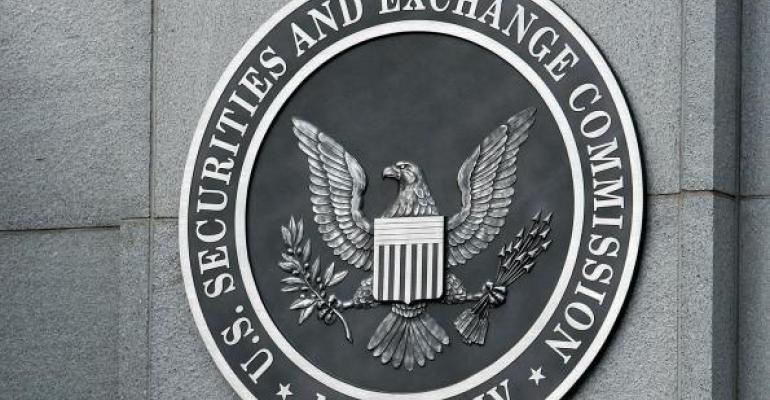In Nathaniel Hawthorne’s book “The Scarlet Letter,” Hester Prynne is forced by the moral zealots in her community to wear a red letter “A” on her dress as a punishment, a public shaming for her “crime” of adultery and having a child out of wedlock.
Another Hester, Hester Peirce, a commissioner at the Securities and Exchange Commission, thinks the story resonates among global corporations today. In a June speech to the American Enterprise Institute, Peirce likened the idea of Prynne being permanently marked by a community’s “moral police” with that of corporations being unfairly assessed, and often maligned, under the letters E, S and G—meaning, of course, their risk exposure to environmental, social and governance factors.
Peirce is not a fan. “Here too we see labeling based on incomplete information, public shaming, and shunning wrapped in moral rhetoric preached with cold-hearted, self-righteous oblivion to the consequences … We pin scarlet letters on allegedly offending corporations without bothering much about facts and circumstances and seemingly without caring about the unwarranted harm,” she said. “After all, naming and shaming corporate villains is fun, trendy and profitable.”
What the SEC thinks about ESG investing will go a long way to determine its adoption among retail investors. For example, how ESG funds fit into a fiduciary mandate is still an open question for some. But the commission is understandably cautious. Even as a coalition of public investors, including state pension overseers, want the SEC to create a standardized framework for the disclosures, that’s something the commission is unlikely to do, preferring instead a more flexible, principles-based approach—basically letting each company determine for itself the materiality of its exposures to the risk factors.
Creating absolute, rules-based standards around things as fuzzy as a company’s exposure to a “climate event” or how “fairly” they treat employees and suppliers doesn’t seem useful, or even possible; but right now we have a world where seemingly dozens of different ESG ratings schemes compete in the marketplace, and that just invites confusion. Often, the standards contradict one another. Is Tesla good for the environment, or bad? Does Facebook’s privacy issues mean more to sustainability investors than its commitment to 100 percent renewable energy by 2020? Depends on which data provider you ask.
This may be one reason why mentions of “sustainable investing” often solicit eye-rolls from financial advisors. By a large measure, advisors who answered our survey on sustainable investing—found in this issue—say that while they may have some clients in these types of investments, many agree with Peirce that these funds are driven more by political fashion and sentiment than they are by a mandate to maximize shareholder return.
It’s also why asset management firms feel comfortable easily jumping on the ESG/sustainability hype by revamping existing mutual funds (often those actively managed, big style-box funds that are losing assets) by adding some ESG metrics to the prospectus for a veneer of “sustainability,” as described in our story on page 44.
Turns out ESG is easy to define when there is no standard definition, but that should be little comfort to companies that have been branded heretics, or to advisors tasked with making sense of it all.

David Armstrong
Editor-In-Chief
